New choice for rechargeable battery 18650 3.7v pack balancing - electrochemical balancing
For a long time, the poor consistency of rechargeable battery 18650 3.7v cells has been a problem that has plagued the design of rechargeable battery 18650 3.7v packs. The consistency we are talking about here not only refers to the traditional parameters such as capacity and voltage, but also includes factors such as the capacity decay rate of the single cell, the internal resistance decay rate and the temperature distribution of the battery pack. Ideally, lithium batteries in the same batch should have the same electrochemical properties, but in fact, due to errors in the manufacturing process, there will be inconsistencies between lithium-ion single cells. Battery packs are often composed of hundreds or even thousands of single cells connected in series and parallel, so the capacity of the battery pack is greatly affected by the inconsistency of the single cells (the inconsistency factors that have the greatest impact on the performance of the battery pack include inconsistent coulomb efficiency, inconsistent self-discharge rate, inconsistent internal resistance increase rate, etc.). Studies have shown that even if the cycle life of a single cell reaches more than 1,000 times, the life of the battery pack may be less than 200 times after forming a battery pack.
Therefore, for a battery pack composed of a large number of single cells, balancing equipment is necessary. The common balancing method currently on the market is mainly to use electronic equipment to achieve voltage balancing between single cells, so the technology is also similar. Recently, Alexander U.Sch and others from the University of Stuttgart in Germany used Ni metal hydride batteries (NiMH) and Ni-Zn batteries to achieve electrochemical balance of battery packs, providing a new idea for battery pack balance.
Due to the limitations of the working principle of lithium batteries, their ability to resist overcharge is very weak, and problems such as electrolyte decomposition and lithium precipitation may occur in overcharge conditions. In the case of overcharge of NiMH batteries, H2O in the electrolyte will decompose O2 and H2 at the positive and negative electrodes, and O2 and H2 can recombine to form water under the use of catalysts, thus forming a complete cycle. At a small rate of C/3-C/10, the rate of gas appearance is almost the same as its recombination rate, so the overcharge resistance of NiMH batteries is very good. Based on the above principle, Alexander U.Sch used NiMH batteries and similar Ni-Zn batteries to balance rechargeable battery 18650 3.7v packs. When using this electrochemical balancing method, traditional voltage monitoring and electronic balancing units can be omitted, effectively reducing the complexity of battery pack management and improving the reliability of battery packs.
Alexander U.Sch selected LiFePO4 and Li4Ti5O12 materials as experimental objects because both materials have a certain tolerance to overcharging, and the voltage will rise rapidly after complete lithium removal. At this time, NiMH and Ni-Zn batteries take on the purpose of current bypass, and the excess current will flow into NiMH and Ni-Zn batteries, thereby preventing lithium batteries from overcharging.
Its working principle is shown in the figure below. The NiMH battery or Ni-Zn battery used for balancing is connected to the rechargeable battery 18650 3.7v in parallel. When a group of low-capacity batteries in series in the battery pack is fully charged, the voltage reaches the threshold. At this time, the NiMH battery connected in parallel with it takes on the purpose of shunting. All current basically flows through the NiMH battery and no longer flows through the rechargeable battery 18650 3.7v, thereby preventing the rechargeable battery 18650 3.7v from overcharging. In this process, the changes in the voltage and current of the rechargeable battery 18650 3.7v and NiMH are shown in Figure b below. In the case of perfect matching, the rechargeable battery 18650 3.7v current is shown as the red curve.
The following table shows the information of the batteries used in the experiment. The experiments mainly used LFP/graphite, LMO/LTO, LFP/LTO, Ni-Zn and NiMH batteries.
The following figure shows the capacity-voltage curves of several batteries used in the experiment. 2´NiZn means two Ni-Zn batteries connected in series. It can be seen that the maximum voltage of the two Ni-Zn batteries in series is 3.95V (I=150mA), which can be used for LFP/C batteries to prevent overcharging. A Ni-Zn battery can be connected in parallel with an LFP/LTO battery to prevent overcharging, or two NiMH batteries can be connected in series with an LMO/LTO battery. At this time, the maximum voltage will reach more than 3V, while the maximum voltage of the LMO/LTO battery is about 2.8V, but as long as the voltage of the LMO/LTO battery does not exceed 3.2V, it is acceptable. Moreover, the capacity of the LMO/LTO battery increased from 2.8-3.2V is only 0.65Ah, which is about 6.5% of the normal temperature capacity, so it has little effect on the performance of the battery.
The figure below shows the working situation of LMO/LTO battery and two NiMH batteries in series. It can be seen that in the process of charging the battery pack, the LMO/LTO battery is first charged. When it reaches a certain point, the current begins to change. The current flowing through the LMO/LTO battery begins to decrease, and the current flowing through the NiMH battery increases. Finally, the current flowing through the LMO/LTO battery drops to 0, and all the current flows through the NiMH battery. Therefore, the voltage of the battery pack is no longer increased at this time. During the discharge process, the two batteries start to discharge at the same time. Since the capacity of the NiMH battery is small, the current quickly drops to 0, and the discharge is mainly completed by the LMO/LTO battery.
The figure below shows the working situation of the LFP/C-2NiZn battery module. It can be seen that at the beginning of charging, almost all the current will enter the LFP/C battery, and only about 80mA of current will pass through the NiZn battery. Then at t=1.2h, the direction of the current completely changed, and the current began to flow mainly through the NiZn battery. Therefore, in order to prevent the NiZn battery from overheating, the charging current of the module was divided into several steps, first 1.1A, then 0.75A, then 0.3A, and then 0.15A. At the beginning of the discharge process, the NiZn battery supplied the largest current, and then its current began to decrease, and the current of the LFP/C battery began to increase gradually.
The following table summarizes the effects of several batteries and NiZN and NiMH batteries in parallel. From the first column, it can be seen that several parallel connection methods can make the maximum voltage of the battery pack lower than the maximum limit voltage of the rechargeable battery 18650 3.7v, preventing the rechargeable battery 18650 3.7v from overcharging. From the second column, it can be seen that except for the LFP/LTO-NiZn battery, which cannot fully utilize the capacity of the rechargeable battery 18650 3.7v, the other two parallel connection methods can fully utilize the capacity of the rechargeable battery 18650 3.7v, so the battery pack can also be balanced (third column). From the fourth column, we can see that due to the influence of the parallel NiZn and NiMH batteries, the maximum discharge current of the battery pack is less than the maximum current of the rechargeable battery 18650 3.7v. Therefore, in actual use, high-power NiZn and NiMH batteries should be selected to ensure that the performance of the battery pack is not reduced.
The following figure shows the charge and discharge operation of two LFP/C-2NiZn batteries in series. The initial capacity difference of the two LFP/C batteries in series is 200mAh. After the following charge and discharge, the capacity difference of the two battery packs is reduced to 100mAh, which means that in one cycle, 8% of the capacity of the two series battery packs is balanced.
Alexander U.Sch's work provides a new idea for battery pack balancing. Due to the design characteristics of NiMH and NiZn batteries, when overcharge occurs, the water in the electrolyte will decompose at the positive and negative electrodes respectively, producing O2 and H2. Under the use of catalysts in the battery, O2 will combine with H2 to produce water, completing a cycle. Therefore, NiMH and NiZn have very good anti-overcharge performance. We can just take advantage of this. Through a single or several series-connected NiMH, NiZn batteries and lithium batteries in parallel, when the charging voltage reaches the upper limit, the current will almost all flow through the NiMH and NiZn batteries, thereby preventing the rechargeable battery 18650 3.7v from overcharging. We can also use this to achieve the balance of rechargeable battery 18650 3.7v packs. As long as we continue to charge the battery pack, we can ensure that all batteries can be fully charged without worrying about overcharging of some batteries, thereby improving the consistency of the capacity in the battery pack. Experiments have also confirmed that one charge and discharge cycle can achieve 8% capacity balance (LFP/C-2NiZn). The biggest advantage of this method is that there is no need to monitor the voltage of the single cells in the battery pack during the entire process, and it is done completely automatically, thus greatly simplifying the structure of the battery pack and improving the reliability of the battery pack.
Read recommendations:
Business laptop bag
Design ideas of lithium iron phosphate battery management system.industrial energy storage battery m
Button battery type
residential energy storage battery wholesale
NiMH battery packs manufacturer
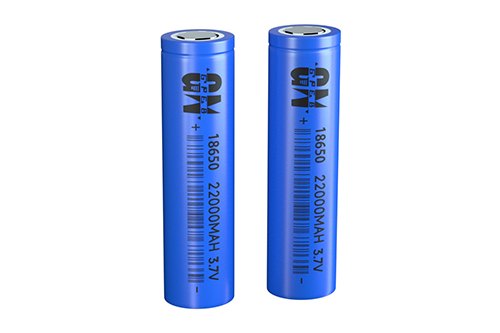
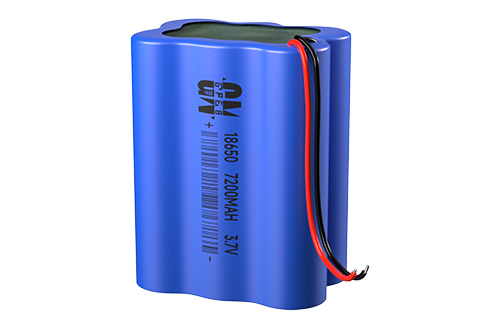

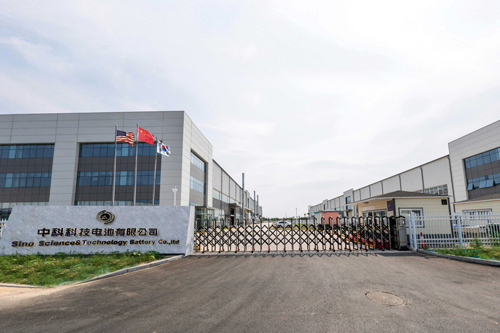

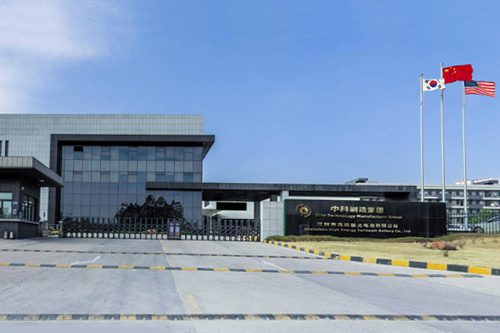

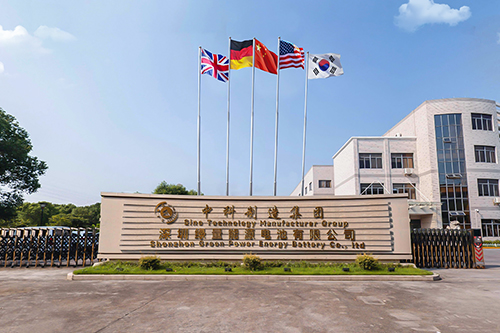

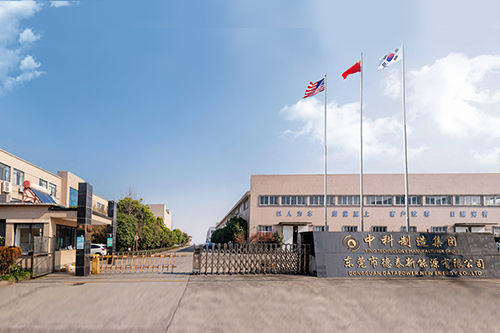

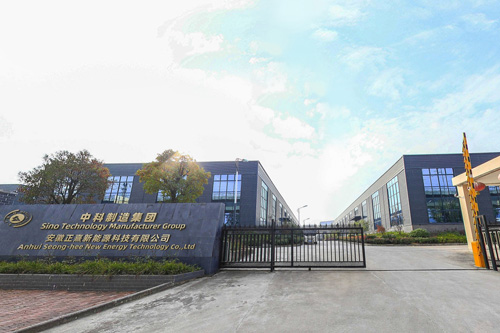

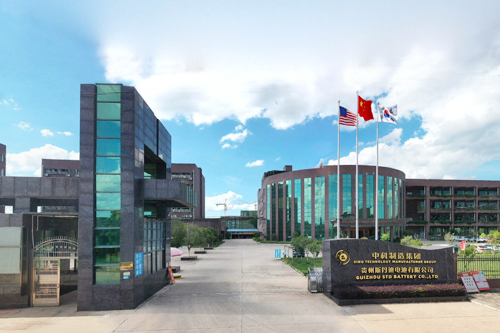

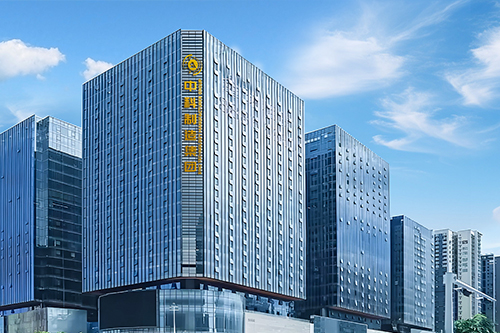




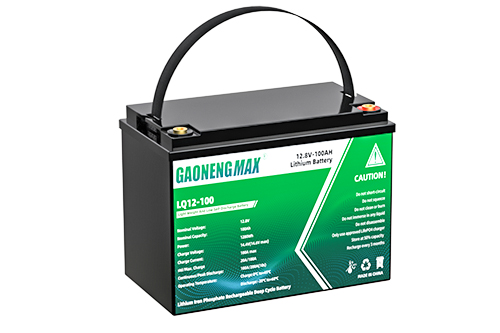
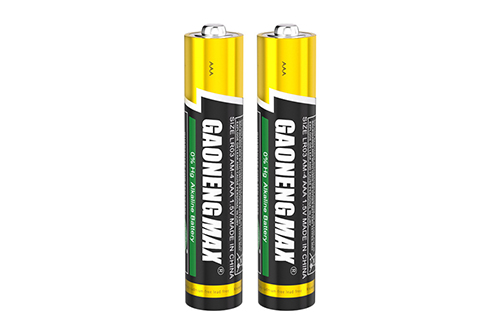

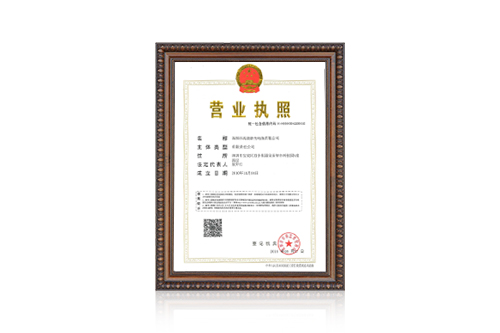
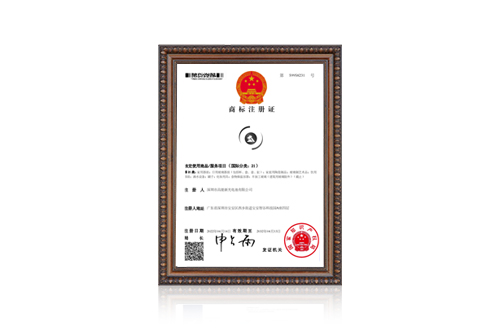
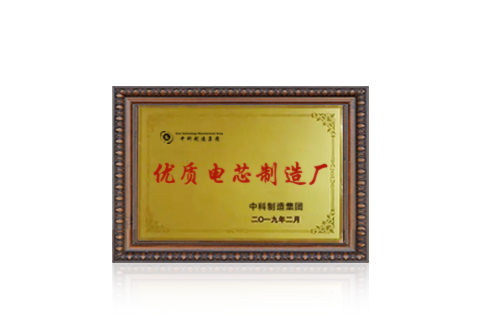
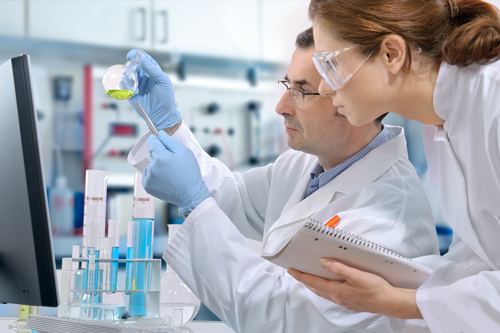
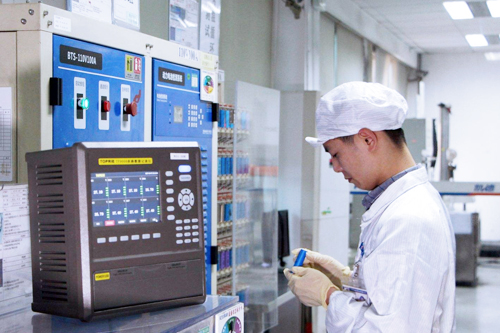















 360° FACTORY VR TOUR
360° FACTORY VR TOUR
 Whatsapp
Whatsapp
 Tel
Tel Email
Email TOP
TOP